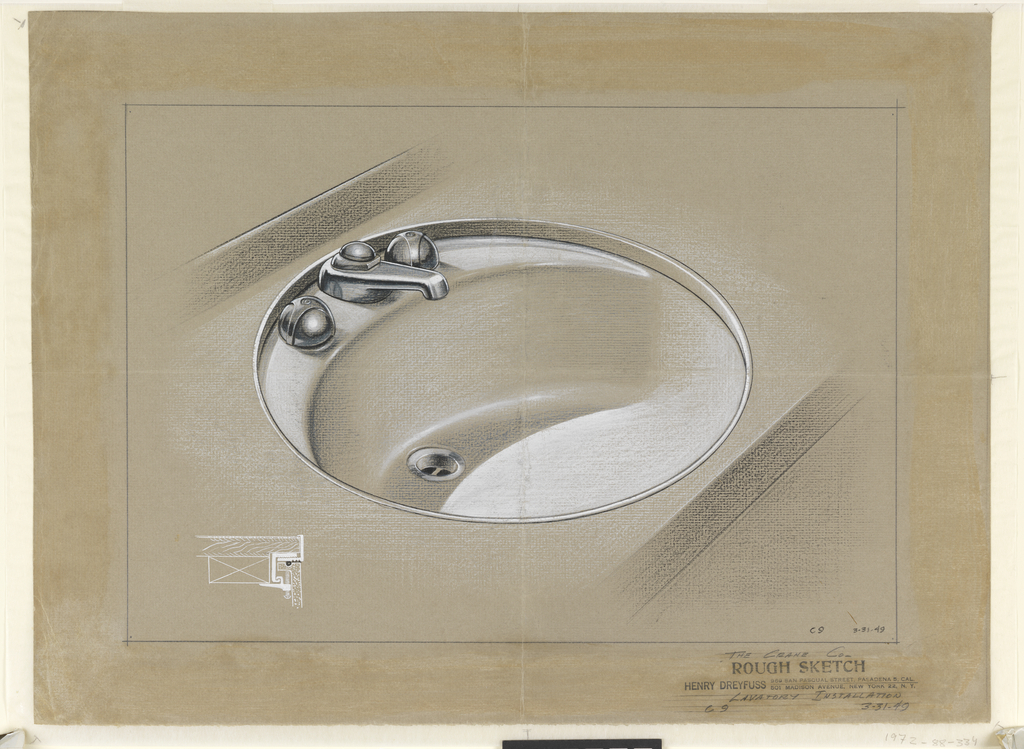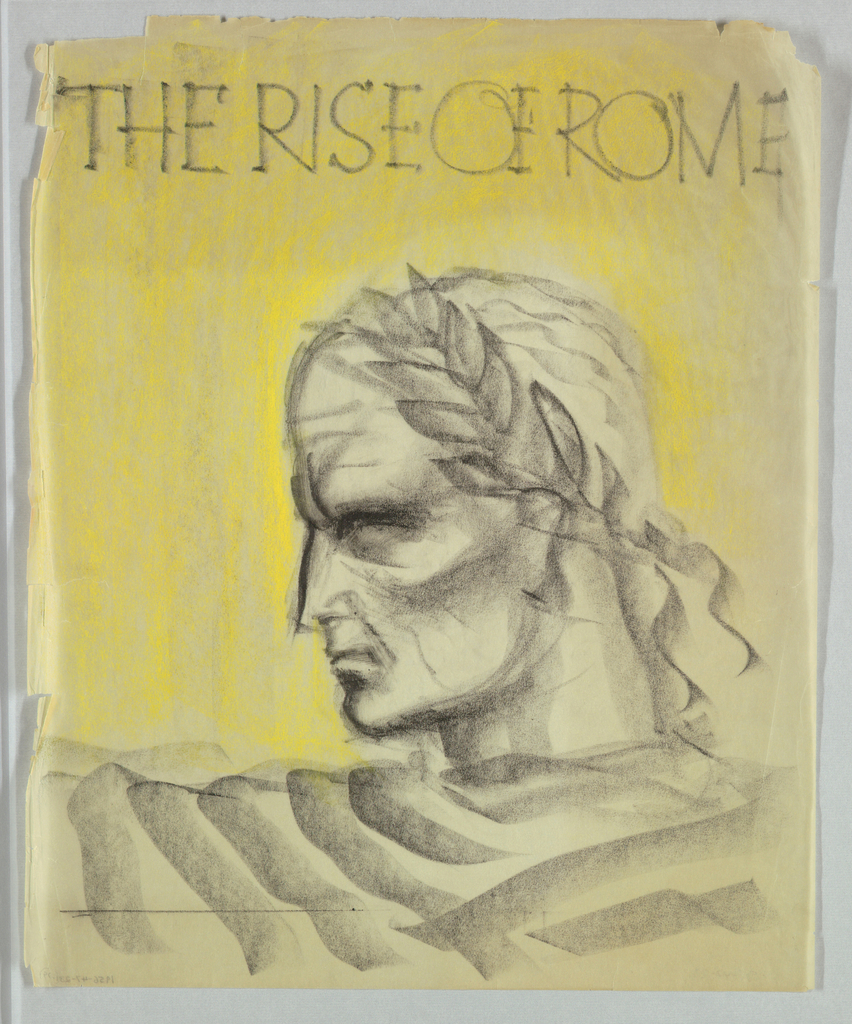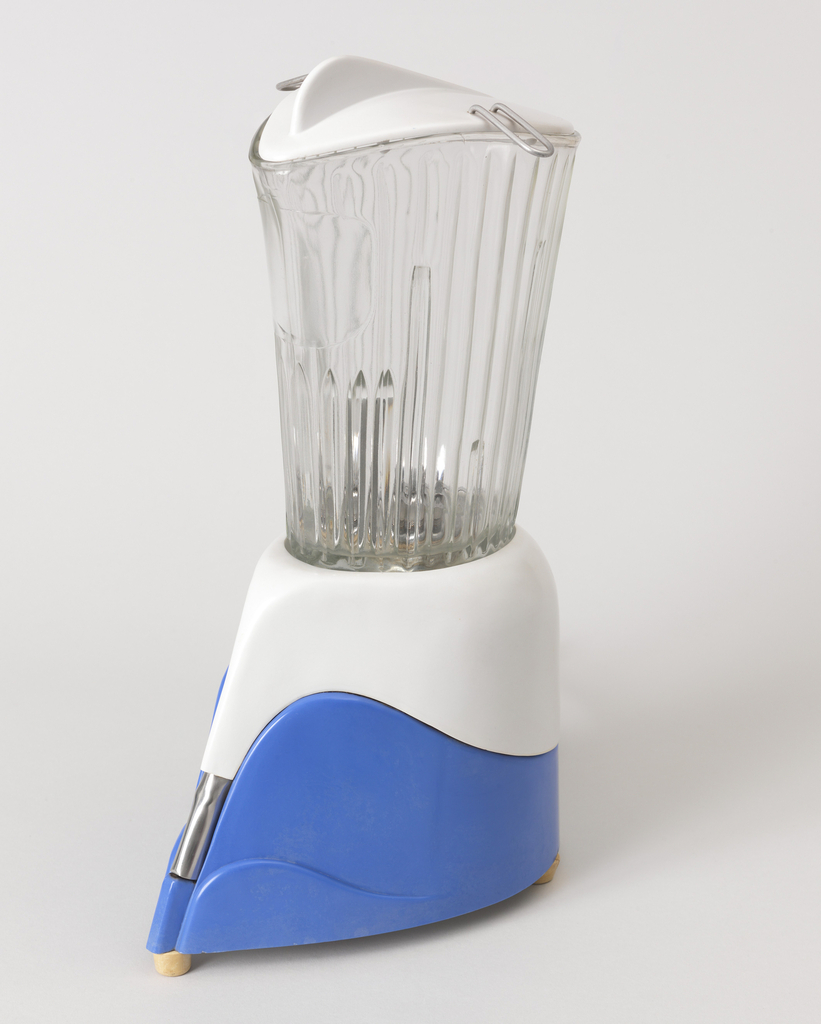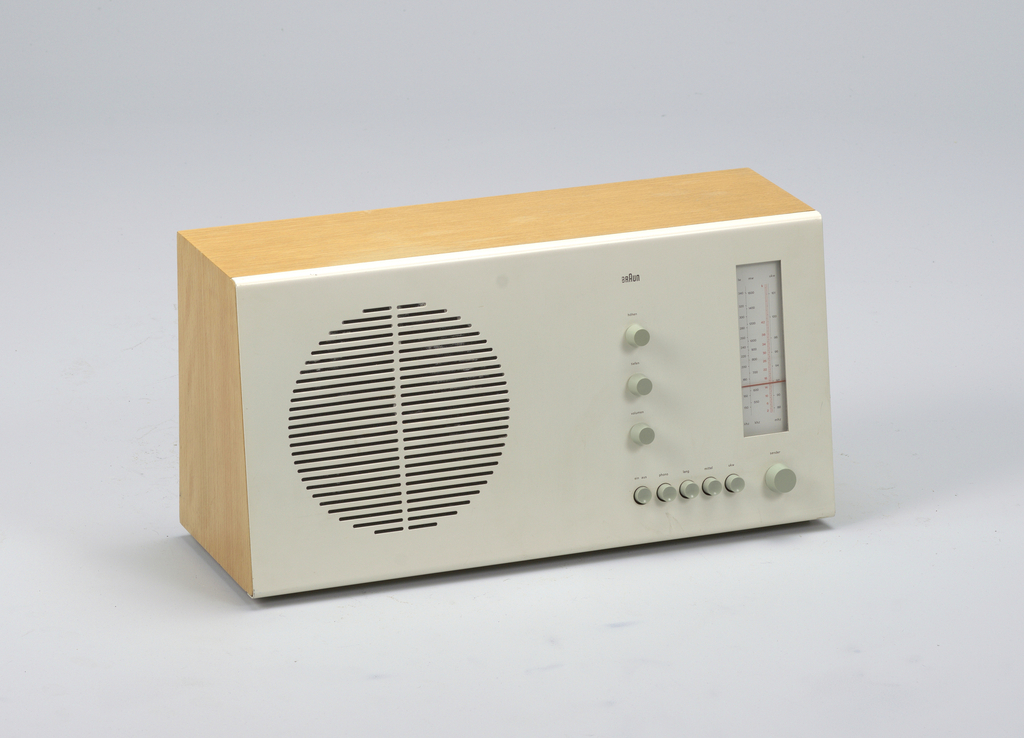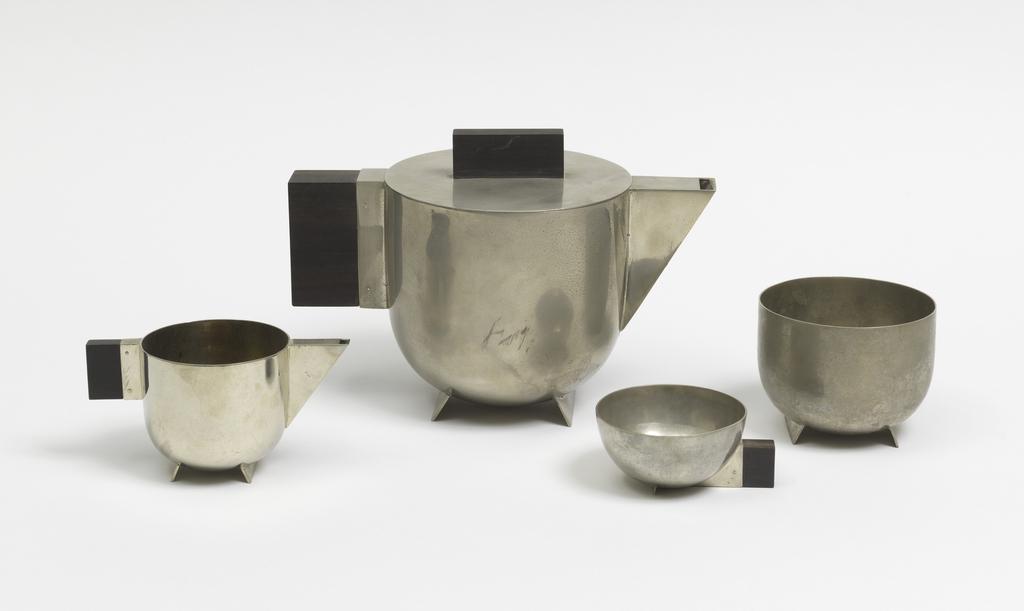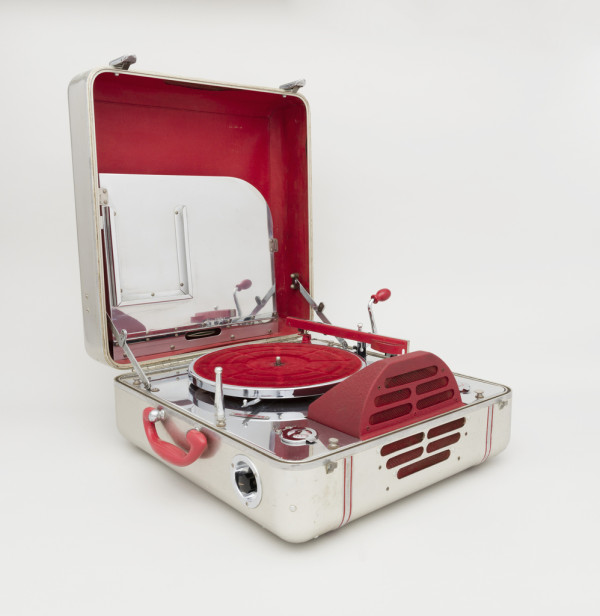The 1940s after World War II (1939-1945) marked a phase of industrial design that centered on the consumer. Coined by prolific industrial designer Henry Dreyfuss (1904-1972) as the “Decisive decade”, manufacturers began acquiring prestige by redesigning products that met the needs of a changing society.[1] Populations had grown extensively from incoming immigrants; housing for returning...
Contemporary critics generally considered Gustav Jensen’s stylish illustrations and overall design for “The Rise of Rome” to be the highlight of the 1932 publication. The book, a simplified history of Rome’s transition from Republic to the Imperial rule of the Caesars, was written for a high-school audience by Gordon Congdon King. Reviews frequently complimented Jensen’s contributions, noting the pleasing “aesthetic experimentation” in format,...
By 1942 the streamlined modern designs of Walter Dorwin Teague, Norman Bel Geddes and Henry Dreyfuss were becoming familiar to the American public. Those people who attended the World’s Fairs throughout the 1930s were witnesses to the marvels exploding on the consumer front, affecting everything from cars to home appliances. Blenders were originally introduced in...
From the exhibition, industrial designer Dieter Rams' 1961 portable radio.
In a December 2016 visit to Cooper Hewitt, George R.Kravis II converted the Promised Gift of this teapot to a gift, joining a large group of objects that helps tell the story of twentieth and twenty-first century design, much of which represents the best of design often for everyday use. It is the first piece...
Cooper Hewitt collaborated with Pratt Institute students, who created socially-responsible designs based on experiences they had at two New York nonprofit organizations.
The No. 2402 bowl, shown here in what the Fostoria Glass Company called “ebony,” is one of eight pieces of glass tableware designed by George Sakier in the museum’s collection. The bowl was made in 1930, just a year after Fostoria hired Sakier to be their main design consultant. The avant-garde look of this bowl...
This Austrian tea service was designed in a thoroughly modernist style. Forms have been radically simplified to their stark geometric essence. The pieces have no applied ornament, adhering to the principle of “form follows function”, one of the central tenets of modernist industrial design. Following the First World War, new economic and social conditions made...
This sleek icon of American design embodies the simultaneous rise of listening technology and the streamline moderne style in the 1930s. This portable phonograph’s mechanism was engineered by Alfred Weiland and Selden T. Williams while its case and overall aesthetic were conceived by the prolific graphic and industrial designer John Vassos. Born in Romania, Vassos...
